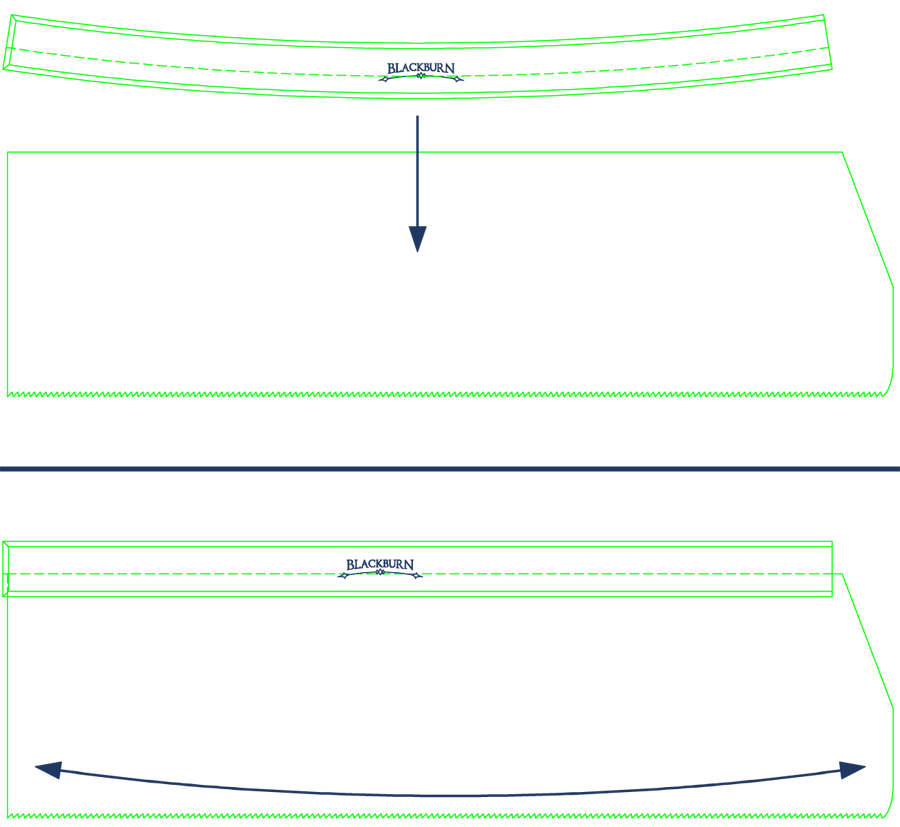Following on from Stewies Thread...
I'll be honest, my assumption is that slotted backs are popular with small makers and people making their own saws because it's hard to acquire, set-up and even store the kind of equipment needed to accurately bend a 6" to 18" long by 2" wide strip of 1/8" to 3/16" thick brass in two controllably round a saw plate.
This is a pretty important point all by itself.
I think the counterpoint is that the approach of using a slotted back and structural adhesives is still quite new, and the saws which are out there were either made for personal use or were quite costly purchases by experienced users so the saws themselves haven't yet seen the kind of hammer that folded brass and steel backed saws from days gone by have to cause defects requiring retensioning.
I'd also suggest that my experience with these kinds of adhesives is that the kind of damage which would deform the spine in particular would cause the adhesives to experience brittle fractures and fail.
I also suspect that as long as they're well cared for, there is likely to be no noticeable difference in use between slotted and folded backed saws... I'm interested to hear other opinions on this however.
I'll be honest, my assumption is that slotted backs are popular with small makers and people making their own saws because it's hard to acquire, set-up and even store the kind of equipment needed to accurately bend a 6" to 18" long by 2" wide strip of 1/8" to 3/16" thick brass in two controllably round a saw plate.
This is a pretty important point all by itself.
pedder":1no02v3r said:CStanford":1no02v3r said:Isn't a folded brass back supposed to be better, allow for retensioning should it become necessary at some point?
Ever seen a slotted and glued saw, that was in the need of "retensioning"?
I don't and if, it would be easy. take it all apart, clean the spine and glue the blade back.
I think the counterpoint is that the approach of using a slotted back and structural adhesives is still quite new, and the saws which are out there were either made for personal use or were quite costly purchases by experienced users so the saws themselves haven't yet seen the kind of hammer that folded brass and steel backed saws from days gone by have to cause defects requiring retensioning.
I'd also suggest that my experience with these kinds of adhesives is that the kind of damage which would deform the spine in particular would cause the adhesives to experience brittle fractures and fail.
I also suspect that as long as they're well cared for, there is likely to be no noticeable difference in use between slotted and folded backed saws... I'm interested to hear other opinions on this however.

































